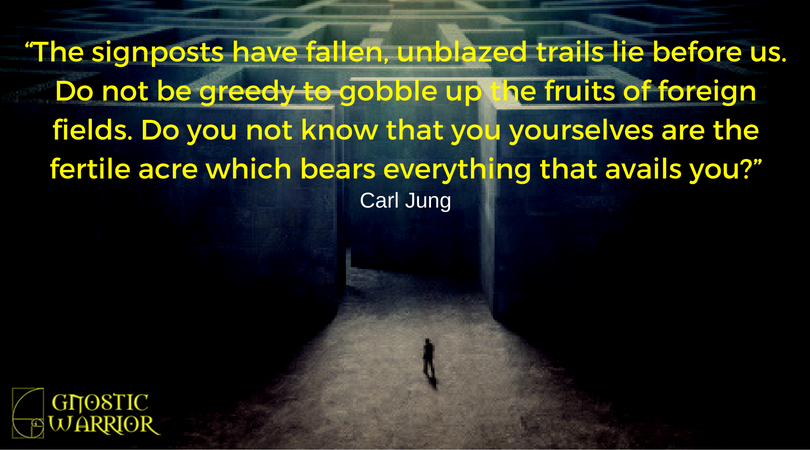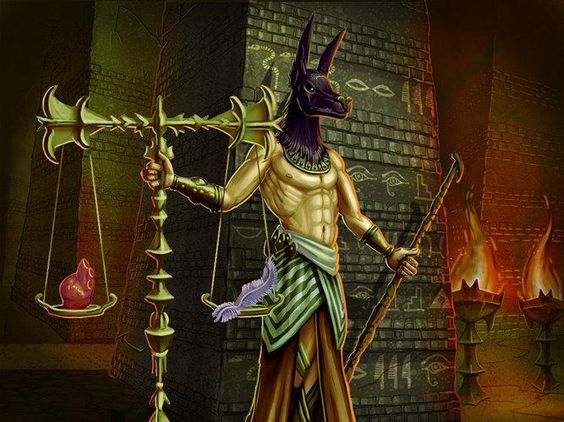“I place Agni, the source of all beings, the father of strength” (iii., 27, 2), a clear and identical idea which prevailed so much in the doctrines of the Zoroastrians, the Magians, and the mediaeval fire-philosophers. Agni is god of fire, of the Spiritual Ether, the very substance of the divine essence of the Invisible God present in every atom of His creation and called by the Rosicrucians the “Celestial Fire.” If we only carefully compare the verses from this Mandala, one of which runs thus: “The Sky is your father, the Earth your mother, Soma your brother, Aditi your sister” (i., 191, 6), with the inscription on the Smaragdine Tablet of Hermes, we will find the same substratum of metaphysical philosophy, the identical doctrines!
“As all things were produced by the mediation of one being, so all things were produced from this one thing by adaptation: ‘Its father is the sun; its mother is the moon’ . . . etc. Separate the earth from the
Page xxxii
fire, the subtile from the gross. . . . What I had to say about the operation of the sun is completed” (Smaragdine Tablet).
Professor Max Muller sees in this Mandala “at last, something like a theogony, though full of contradictions.” The alchemists, kabalists, and students of mystic philosophy will find therein a perfectly defined system of Evolution in the Cosmogony of a people who lived a score of thousands of years before our era. They will find in it, moreover, a perfect identity of thought and even doctrine with the Hermetic philosophy, and also that of Pythagoras and Plato.
In Evolution, as it is now beginning to be understood, there is supposed to be in all matter an impulse to take on a higher form — a supposition clearly expressed by Manu and other Hindu philosophers of the highest antiquity. The philosopher’s tree illustrates it in the case of the zinc solution. The controversy between the followers of this school and the Emanationists may be briefly stated thus: The Evolutionist stops all inquiry at the borders of “the Unknowable”; the Emanationist believes that nothing can be evolved — or, as the word means, unwombed or born — except it has first been involved, thus indicating that life is from a spiritual potency above the whole.
FAKIRS. — Religious devotees in East India. They are generally attached to Brahmanical pagodas and follow the laws of Manu. A strictly religious fakir will go absolutely naked, with the exception of a small piece of linen called dhoti, around his loins. They wear their hair long, and it serves them as a pocket, as they stick in it various objects — such as a pipe, a small flute called vagudah, the sounds of which throw the serpents into a cataleptic torpor, and sometimes their bamboo-stick (about one foot long) with the seven mystical knots on it. This magical stick, or rather rod, the fakir receives from his guru on the day of his initiation, together with the three mantrams, which are communicated to him “mouth to ear.” No fakir will be seen without this powerful adjunct of his calling. It is, as they all claim, the divining rod, the cause of every occult phenomenon produced by them. The Brahmanical fakir is en-
Page xxxiii
tirely distinct from the Mussulman mendicant of India, also called fakirs in some parts of the British territory.
HERMETIST. — From Hermes, the god of Wisdom, known in Egypt, Syria, and Phoenicia as Thoth, Tat, Adad, Seth, and Sat-an (the latter not to be taken in the sense applied to it by Moslems and Christians), and in Greece as Kadmus. The kabalists identify him with Adam Kadmon, the first manifestation of the Divine Power, and with Enoch. There were two Hermes: the elder was the Trismegistus, and the second an emanation, or “permutation” of himself; the friend and instructor of Isis and Osiris. Hermes is the god of the priestly wisdom, like Mazeus.
HIEROPHANT. — Discloser of sacred learning. The Old Man, the Chief of the Adepts at the initiations, who explained the arcane knowledge to the neophytes, bore this title. In Hebrew and Chaldaic the term was Peter, or opener, discloser; hence, the Pope, as the successor of the hierophant of the ancient Mysteries, sits in the Pagan chair of “St. Peter.” The vindictiveness of the Catholic Church toward the alchemists, and to arcane and astronomical science, is explained by the fact that such knowledge was the ancient prerogative of the hierophant, or representative of Peter, who kept the mysteries of life and death. Men like Bruno, Galileo, and Kepler, therefore, and even Cagliostro, trespassed on the preserves of the Church, and were accordingly murdered.

Moe is the founder of GnosticWarrior.com. He is a father, husband, author, martial arts black belt, and an expert in Gnosticism, the occult, and esotericism.

![How another contrarywise before his death saw a book containing his sins, which was shown him by devils [704-709 A.D.] | Book 5 | Chapter 12 How another contrarywise before his death saw a book containing his sins, which was shown him by devils [704-709 A.D.] | Book 5 | Chapter 12](https://www.gnosticwarrior.com/wp-content/plugins/contextual-related-posts/default.png)



